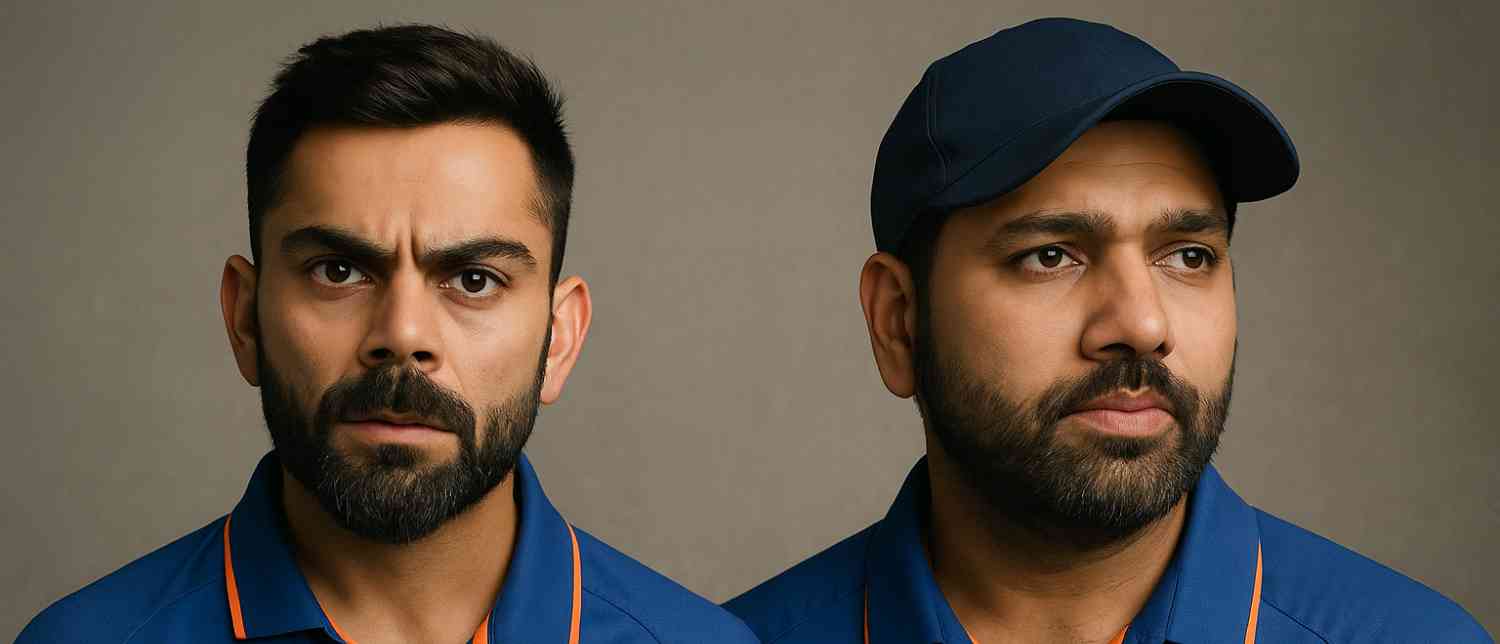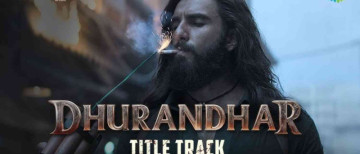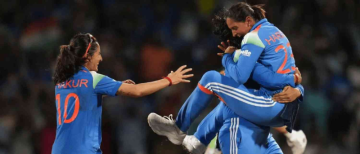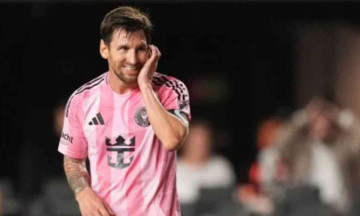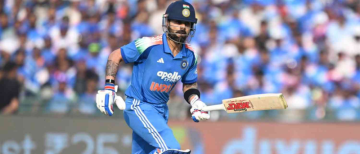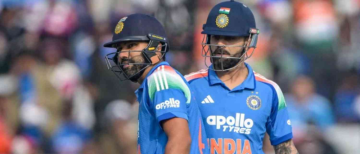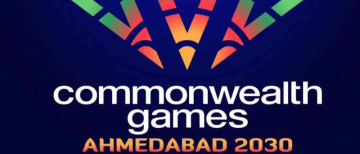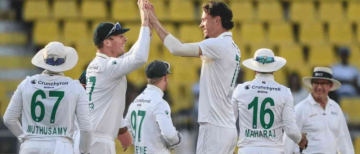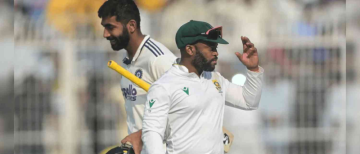The dust has barely settled on India’s triumphant Test series against England, yet the chatter in cricketing circles has shifted from on-field heroics to off-field boardroom deliberations. And at the heart of this buzzing speculation are two of Indian cricket’s most enduring icons: Virat Kohli and Rohit Sharma.
For over a decade, the “Ro-Ko” duo have been the faces of India’s white-ball dominance, guiding the team to memorable victories and rewriting ODI batting records. But as time and cricket’s relentless cycle would have it, their golden era in the 50-over format may be on the verge of a poignant conclusion.
Reports emerging from Dainik Jagran suggest that the upcoming three-match ODI series against Australia in October 2025 could be more than just another overseas challenge—it might serve as a farewell tour for the two giants of Indian cricket.
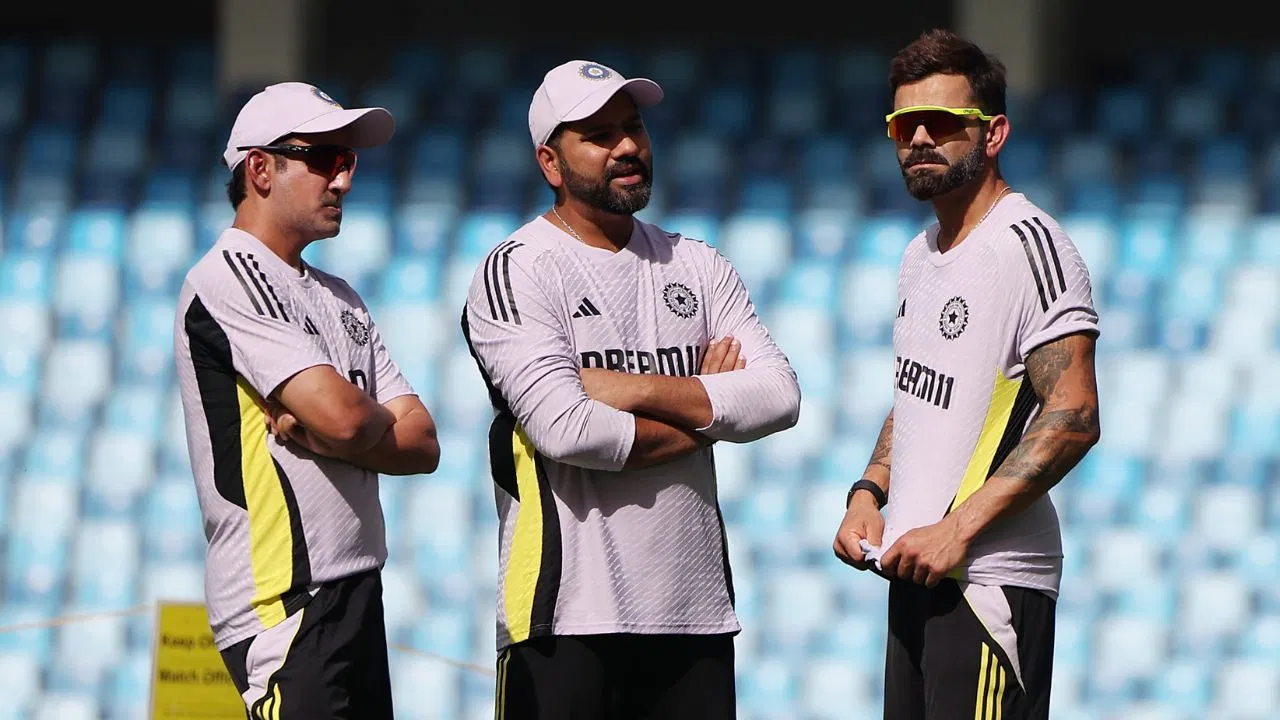
The Australia Series: Farewell Tour or Another Chapter?
India’s next ODI assignment begins on October 19 in Perth, followed by matches in Adelaide and Sydney. On paper, it’s part of a busy schedule that also includes a home series against South Africa in December, and a jam-packed 2026 featuring ODI series against New Zealand, Afghanistan, England, the West Indies, and another New Zealand clash.
But whispers from within the Board of Control for Cricket in India (BCCI) suggest these Australia matches could carry the emotional weight of a send-off. The reason? The selectors’ evolving vision for the 2027 ODI World Cup, to be jointly hosted by South Africa, Zimbabwe, and Namibia.
Both Kohli and Rohit will be close to 40 years old when the tournament arrives in late 2027. While age alone has never been a disqualifier for legends of their calibre, the modern game’s demands—and the selectors’ push for a youth-driven core—are forcing hard conversations about the future.
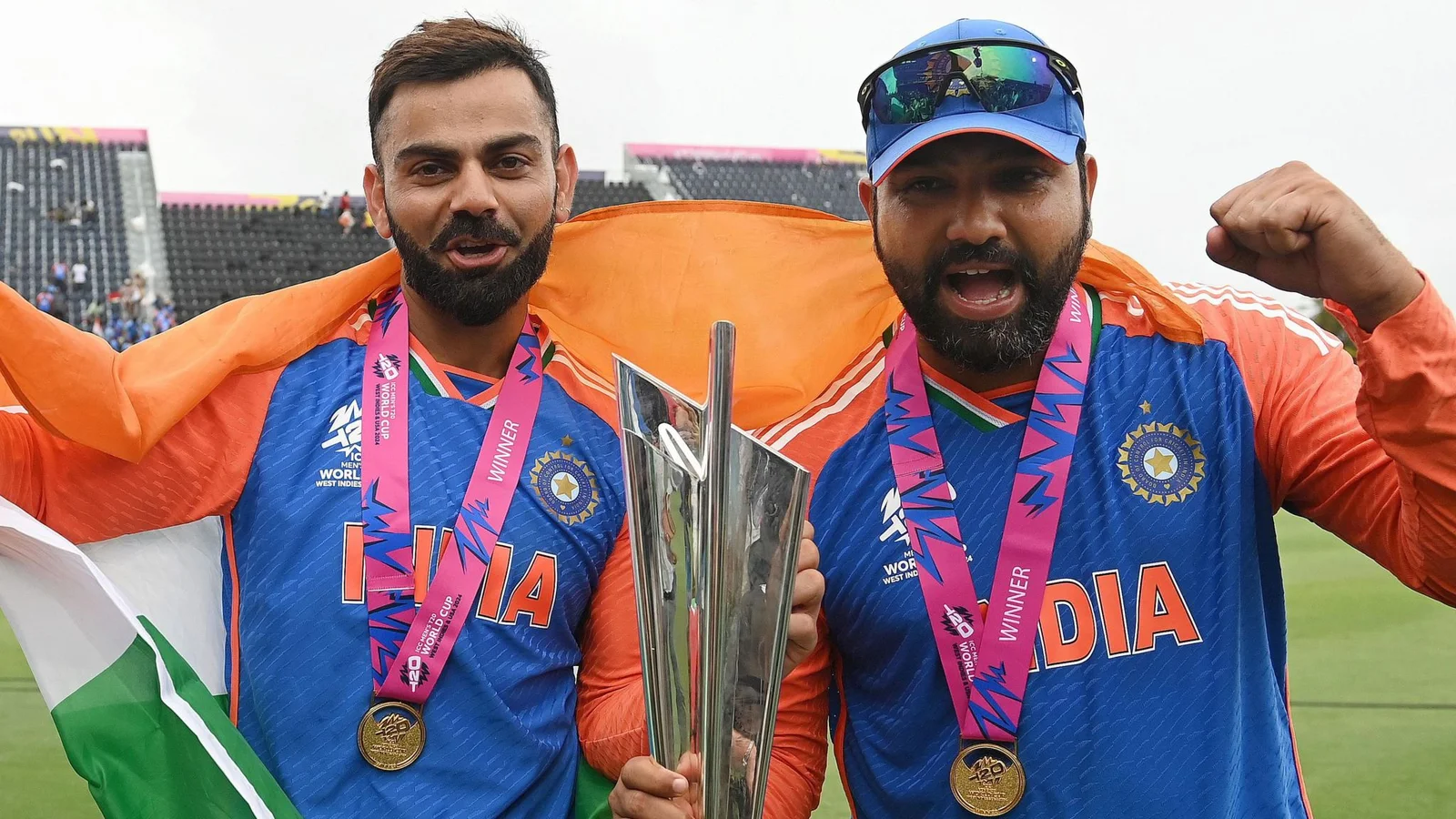
The Vijay Hazare Trophy Clause
Central to the current debate is a non-negotiable condition reportedly laid down by selectors: if Kohli and Rohit wish to remain in the ODI setup with an eye on the 2027 World Cup, they must participate in the Vijay Hazare Trophy later this year.
This mirrors the policy applied to red-ball hopefuls earlier in 2025, who were required to play in the Ranji Trophy before selection for the Test series in England. The idea is simple—players must stay connected to the “rhythm” of the format through domestic cricket.
However, for two players who have been plying their trade almost exclusively at the international level for over a decade, the prospect of returning to domestic one-day tournaments in smaller venues may not hold much appeal. The last time either featured in a domestic competition was earlier this year, when both played a Ranji Trophy match after more than ten years away from the circuit.
A source quoted in the Dainik Jagran report was blunt:
“Virat Kohli and Rohit Sharma do not fit in our plans for the ODI World Cup 2027.”
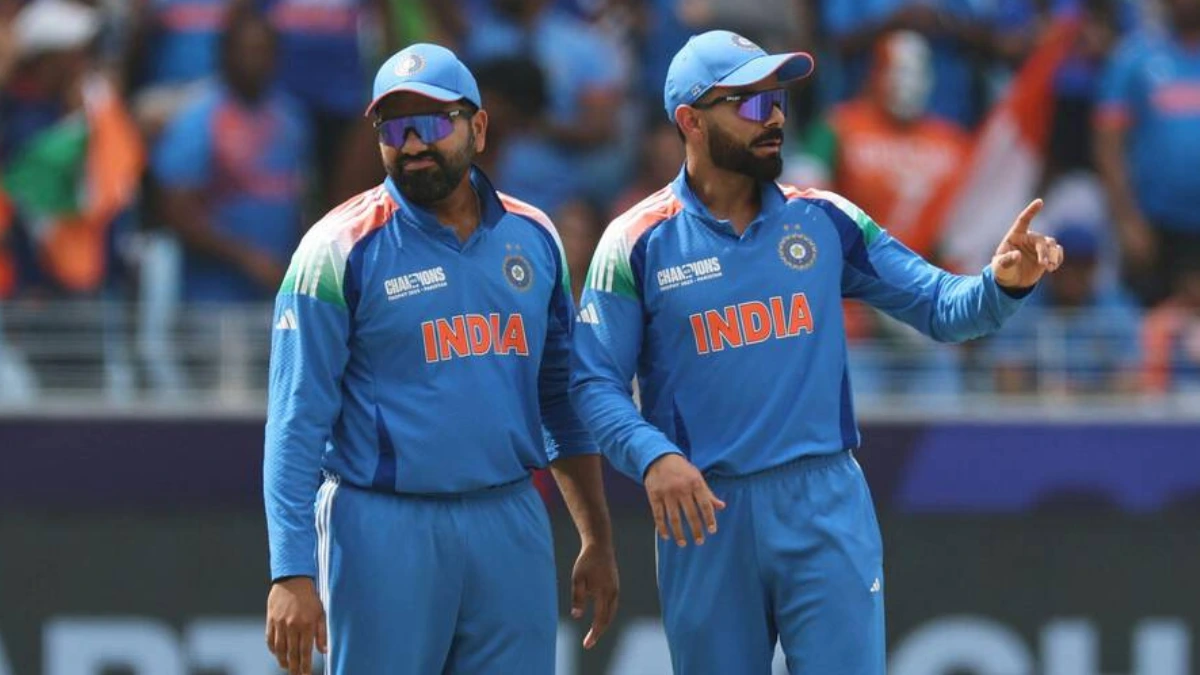
The Youth Movement and the Gill Factor
Part of this shift is fuelled by the extraordinary depth in India’s white-ball talent pool. From Yashasvi Jaiswal and Rishabh Pant to Sai Sudharsan, a younger core is knocking loudly on the selectors’ door. The recent 2–2 Test series draw in England under the captaincy of Shubman Gill has only strengthened the case for a generational transition.
Gill, who averages 59.04 in ODIs with a strike rate of 99.56, is already India’s most consistent batsman in the format. His calm leadership in Tests has fuelled speculation that he could soon be handed the reins in ODIs as well, potentially as India’s all-format captain.
Former national selector Devang Gandhi summed up the dilemma:
“How will you make players like Jaiswal, Pant, Sudharsan sit out when they’ve shown how well they can adapt? The bigger transition is from T20s to Tests. Once a player has done well in Tests and has the power game, ODIs should come easier. The selectors and team management need to take a clear call.”
Performance Still Speaks—for Now
It’s worth noting that neither Kohli nor Rohit has been struggling in ODIs. In the 2025 Champions Trophy, which India won, Kohli scored 218 runs in five games, while Rohit contributed 180 runs. The duo still possess the technique and temperament ideally suited for 50-over cricket—a format that balances the power-hitting demands of T20s with the concentration of Tests.
Yet, cricket moves fast. Both have played little competitive cricket since the Champions Trophy, and while glimpses of training have surfaced—Kohli was spotted taking throwdowns in London, Rohit returning home for preparation—the lack of match practice is a concern for selectors.
BCCI’s Dilemma: Legacy vs. Long-Term Vision
On one hand, there’s the emotional and marketing value of having Kohli and Rohit in the ODI squad. Their presence draws crowds, their partnerships inspire confidence, and their experience in high-pressure matches is unparalleled. On the other hand, there’s the stark reality that planning for a major ICC event requires long-term consistency, and grooming younger players two years ahead is critical.
Former BCCI president Sourav Ganguly weighed in cautiously:
“Whoever does well will play. If they do well, they should continue. Kohli’s One-day record is phenomenal, even Rohit’s. Both are phenomenal in white-ball cricket.”
The Domestic Grind: Will They or Won’t They?
Should the duo decide to continue toward 2027, the road is clear but steep. Beyond international matches, they would need to commit to:
-
Vijay Hazare Trophy in December 2025
-
Potential India A series against Australia and South Africa
-
Sustained involvement in ODI tours across 2026
For players who have already stepped away from Tests and T20Is to manage workload, returning to the grind of domestic one-day cricket may not be enticing. There’s also the risk, as Devang Gandhi points out, that if form dips a year from now, there may be insufficient time to groom replacements.
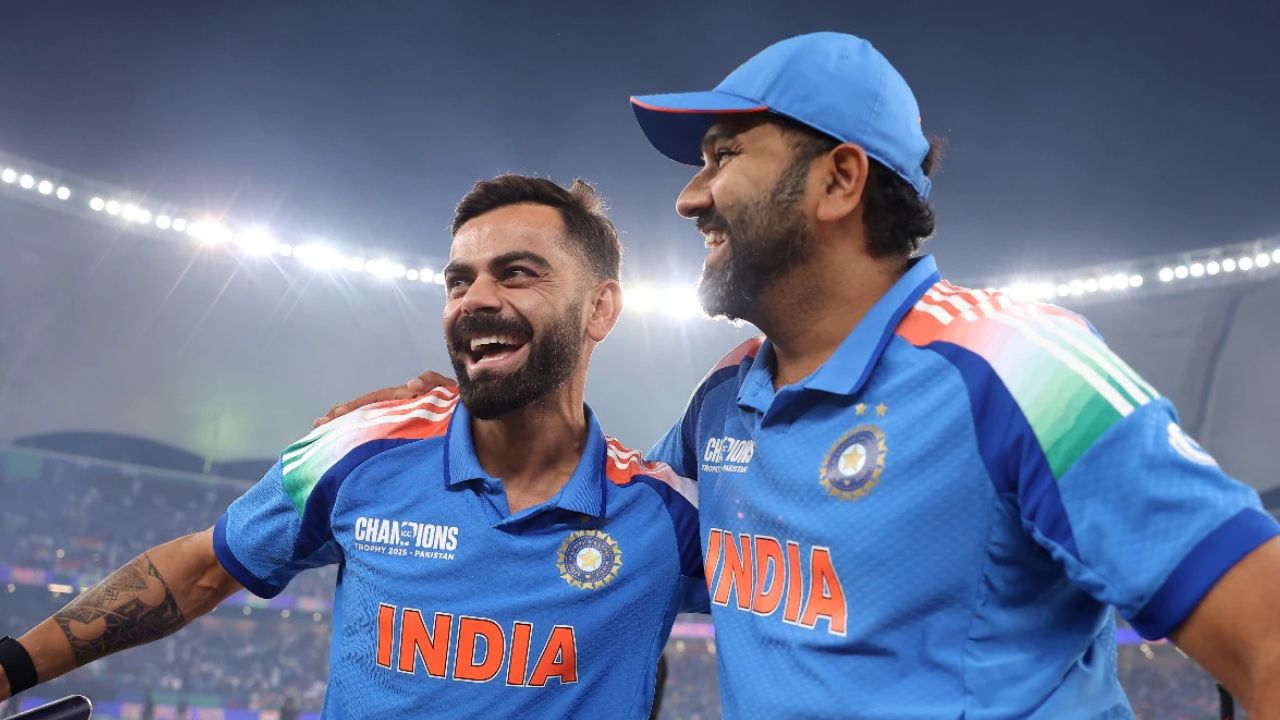
The England Tour Snub
One revelation from the report suggests that both Kohli and Rohit had shown interest in being part of India’s recent England tour, but were informed by selectors that they were unlikely to be picked. This may have been the catalyst for them considering ODI retirement sooner rather than later.
It wouldn’t be unprecedented. Both announced their T20I retirements together in June 2024 immediately after India’s T20 World Cup victory in Barbados, and followed that with Test retirements in May 2025 before the squad for the England series was even announced.
2027 World Cup: Too Far a Bridge?
By the time the 2027 World Cup arrives in October-November of that year, it will have been 16 years since India last lifted the trophy. The BCCI’s vision, according to insiders, is to build a side that peaks at the right moment. That involves backing players who will be in their prime then—not ones nearing the end of their careers.
The selectors’ stance, therefore, is less about the past and more about the future. As one source told PTI:
“Both Kohli and Rohit will be pushing 40 by then, so there has to be a clear plan ahead for the big event. We also need to try out a few youngsters in time.”
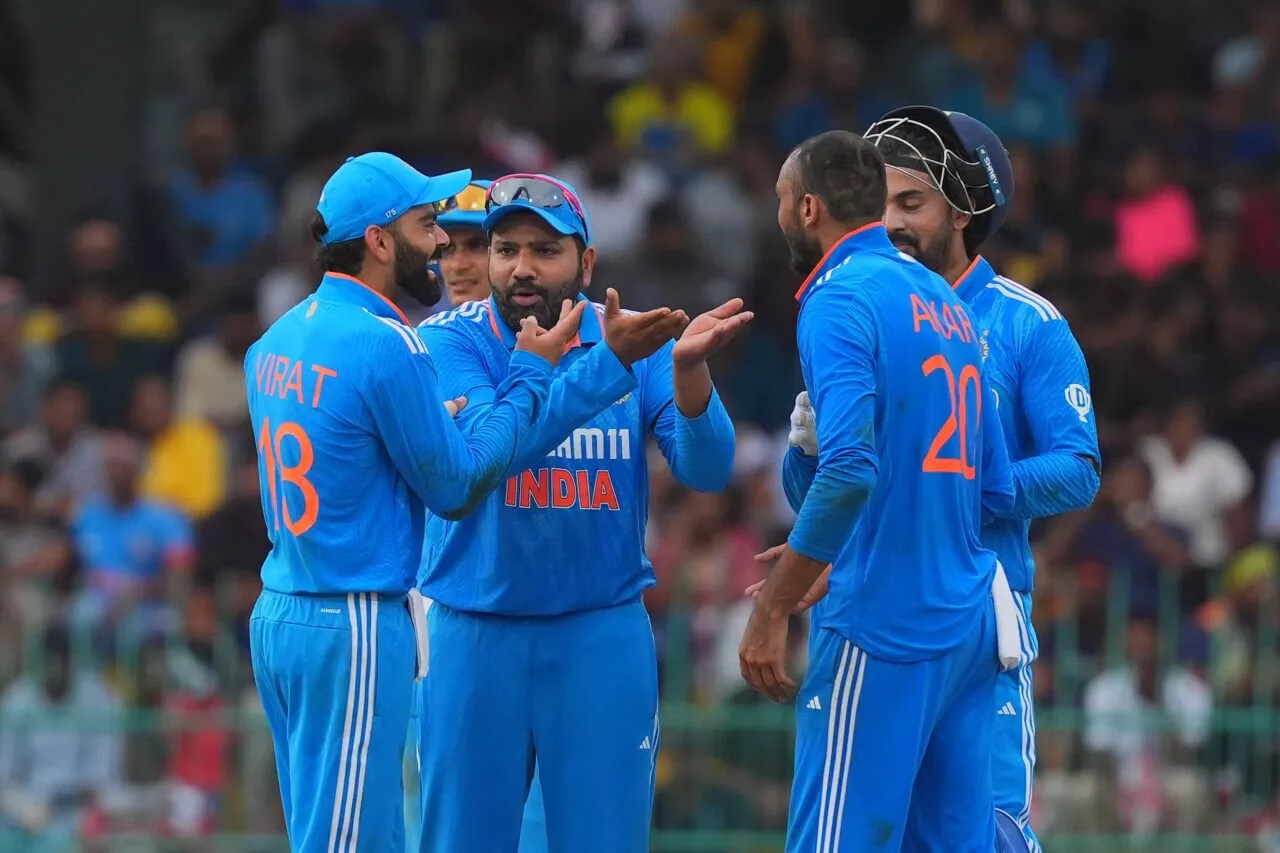
Could This Really Be Goodbye?
For fans, the idea of bidding farewell to Rohit Sharma and Virat Kohli in the same series is almost too much to process. These are players whose names are etched in the annals of ODI cricket—Rohit with his record three double centuries, Kohli with his unmatched chase mastery.
If the Australia tour does turn into their swansong, expect stadiums to swell with emotion. Perth, Adelaide, and Sydney could become the backdrop for one of cricket’s most significant goodbyes, echoing memories of when other legends—Tendulkar, Ponting, Sangakkara—took their final bows.
The Transition Is Coming—Ready or Not
Whether or not the October 2025 ODIs in Australia mark the end, the transition in Indian cricket’s 50-over format is inevitable. The twin pressures of future-proofing the squad and honouring the contributions of two living legends create a delicate balancing act for the selectors.
If Kohli and Rohit decide to walk away, they will leave not because they couldn’t compete anymore, but because cricket, like life, is always moving forward. And perhaps, in choosing their own moment to step aside, they will once again set the gold standard—not just for batting, but for leadership, grace, and timing.
With inputs from agencies
Image Source: Multiple agencies
© Copyright 2025. All Rights Reserved. Powered by Vygr Media.

